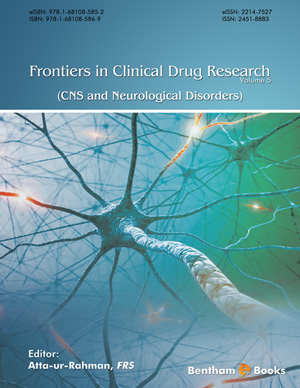Abstract
Essential tremor (ET) is one of the most common movement disorders. The classification of ET and its uniform diagnosis have become subjects of intense debate. ET does not have a diagnostic marker. The diagnosis of ET depends on history, clinical examination, and exclusion of mimicking illnesses. There is strong evidence that ET is a hereditary disorder, but the gene defect is elusive. Making the correct diagnosis greatly impacts treatment. ET affects the hands or the hands in combination with head tremor. Isolated tremor elsewhere, such as of the head, tongue, lips, voice or face may be seen less commonly. Such heterogeneity sometimes pointed to discussions whether ET may be maintained as a unified disease entity. The tremor in ET is present when the muscles are rhythmically and abnormally activated, resulting in postural and/or kinetic tremor. Upon careful clinical examination, many patients with ET are found to have signs of cerebellar impairment, such as impairment of tandem stance and gait, as well as goal directed tremor. But action tremor is the predominant finding on clinical examination at any stage of ET. Other neurological deficits such as rigidity, bradykinesia or dystonia should prompt alternative diagnoses. The most important differential diagnoses of ET are enhanced physiologic tremor, idiopathic Parkinson’s disease, dystonic tremor, Wilson disease, orthostatic tremor, and psychogenic tremor. Many ET patients do not require treatment as the tremor does not impair daily functioning. If treatment is required, beta-blockers and/or anticonvulsive drugs are the first treatment options. Deep Brain Stimulation is a treatment for ET patients who are impaired in their daily life because of tremor and who did no benefit from drug treatment.
Keywords: Action tremor, Alcohol Responsiveness, Anticonvulsives, Betablocker, Botulinum Toxin, Brainstem, cerebellar syndrome, Cerebellartremor, Cerebellum, Deep Brain Stimulation, Definition, Epidemiology, Etiology, Gene defect, Hand tremor, Head tremor, Hereditary tremor, Kinetic tremor, Neuropathology, Parkinson’s disease, Pathophysiology, Physiologic tremor, Postural tremor, Primidone, Propranolol, Psychogenic tremor, Risk Factors, Thalamus, Tremor Classification, Tremor at rest.






















